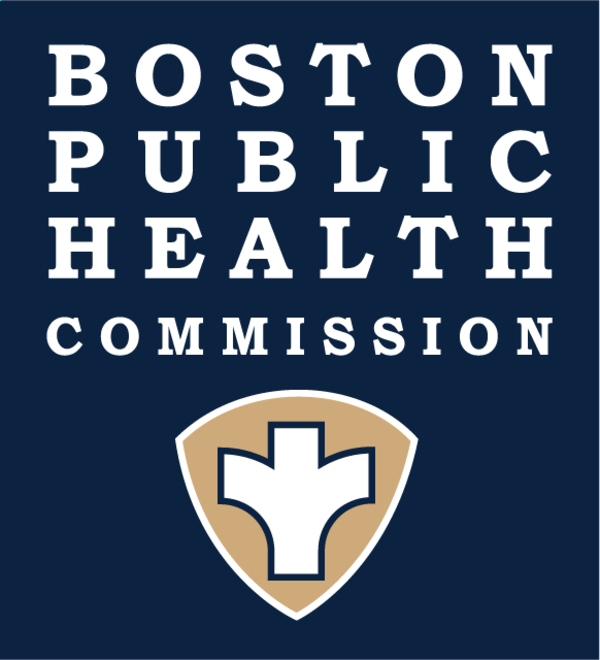Rickettsialpox
This fact sheet answers frequently asked questions about Rickettsialpox.
Rickettsialpox is a mild disease carried by mites and caused by the bacterial organism Rickettsia akari.
The basics
What is Rickettsialpox?
This is a primarily urban disease first discovered in New York City in 1946.
Who is at risk for getting Rickettsialpox?
Anyone bitten by infected mites can get rickettsialpox. Most exposures to rodents occur in the home or workplace.
How is rickettsialpox spread?
Rickettsialpox spreads by the bite of a mite that feeds on house mice or other rodents. Often people do not notice the mite or the bite. Rickettsialpox is most common where there are rodent infestations.
How is rickettsialpox diagnosed?
Your healthcare provider may send an antibody test or a biopsy of the infected skin to a specialized laboratory. The laboratory will then determine if the sample contains rickettsialpox.
Symptoms
What are the symptoms of rickettsialpox?
People infected with Rickettsia akari may develop a painless, dry thickened scab with a black center, at the site of the mite bite. Some people may experience:
- fever
- muscle pains
- chills
- sweating
- headache
- swollen lymph glands
- a generalized rash that may last for several days to a week
The disease is usually self-limited.
Prevention
How can I prevent rickettsialpox?
Rodent control is the most effective way of preventing rickettsialpox. Mite control and extermination may also be necessary.
Treatment
What is the treatment for rickettsialpox?
Antibiotics such as tetracycline or doxycycline are effective in treating the disease.




